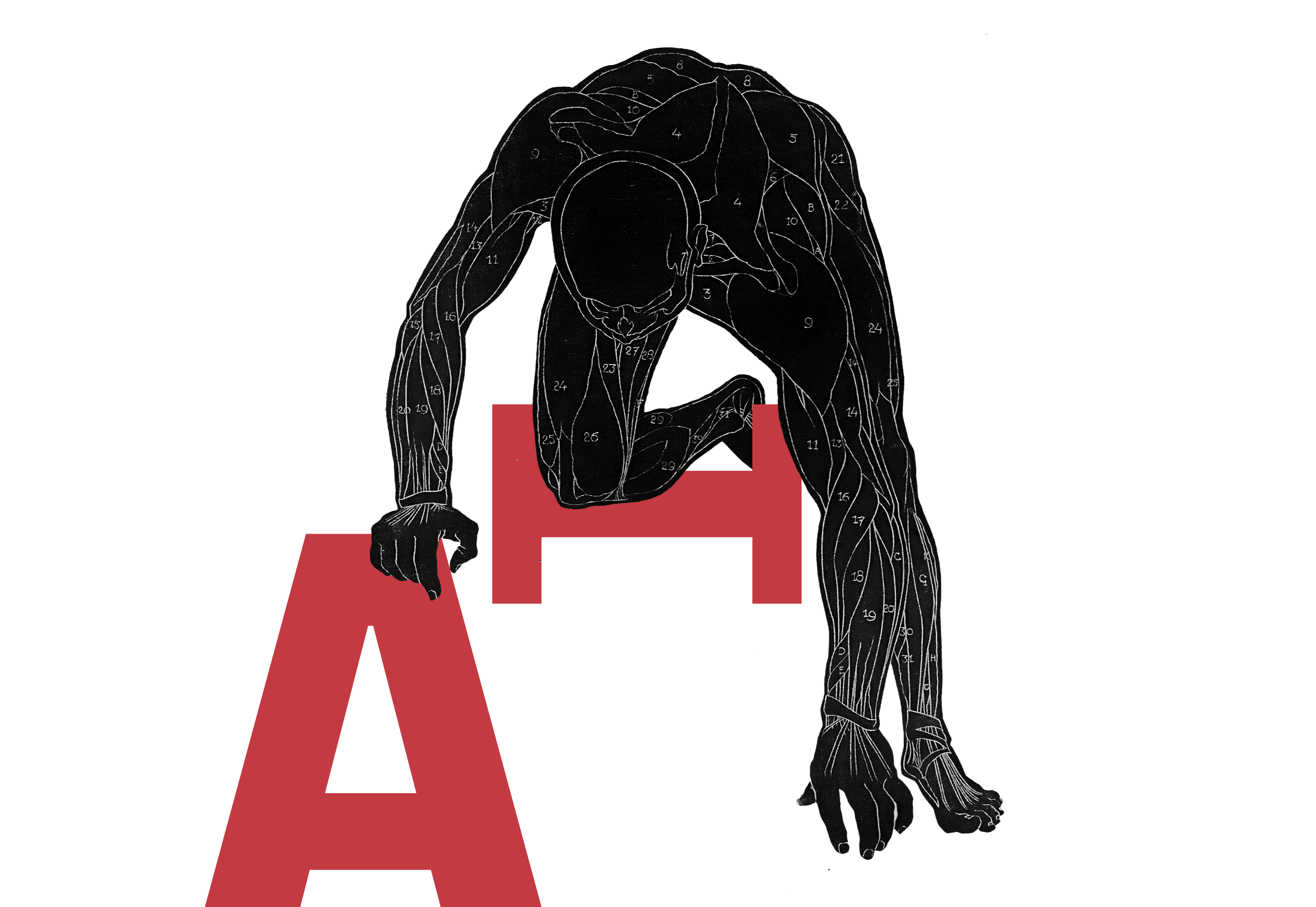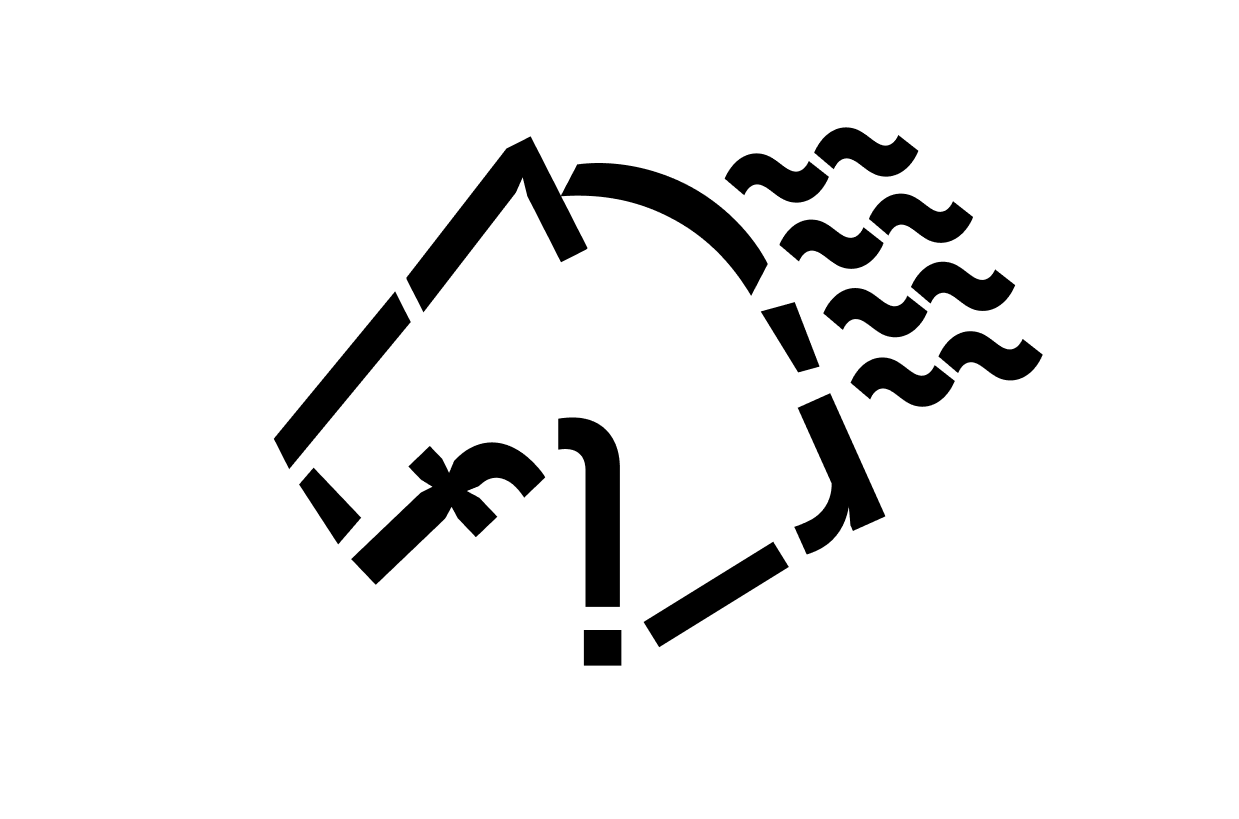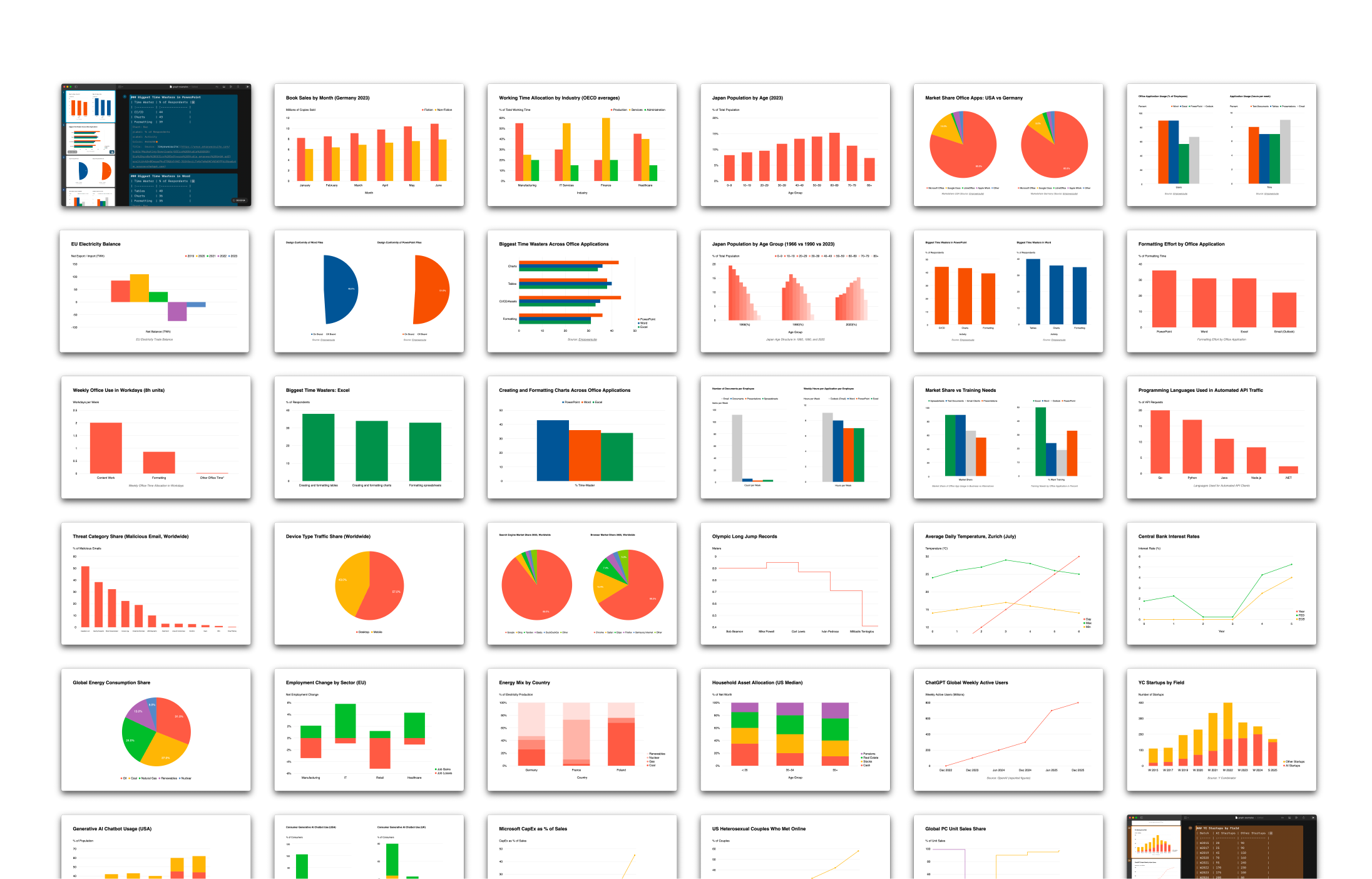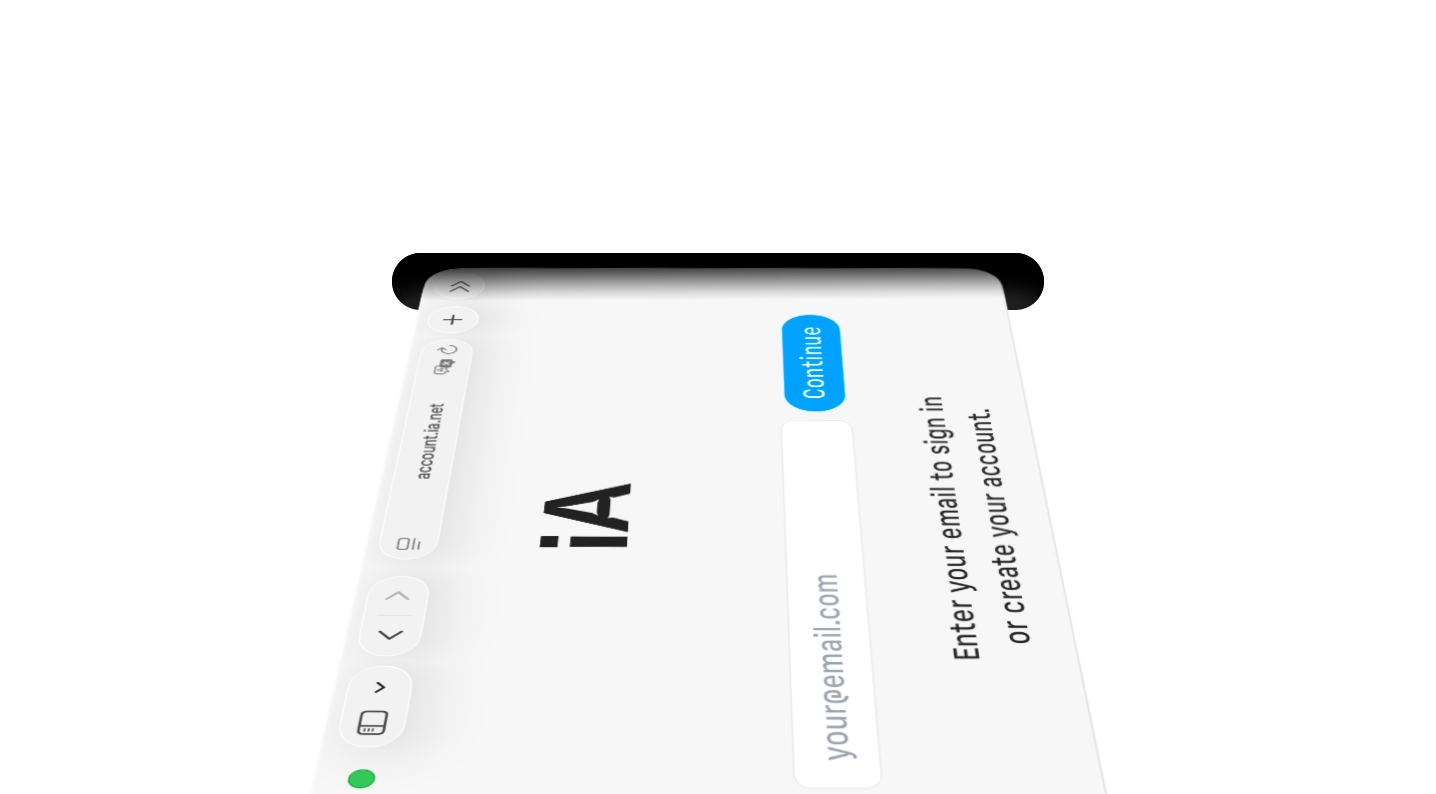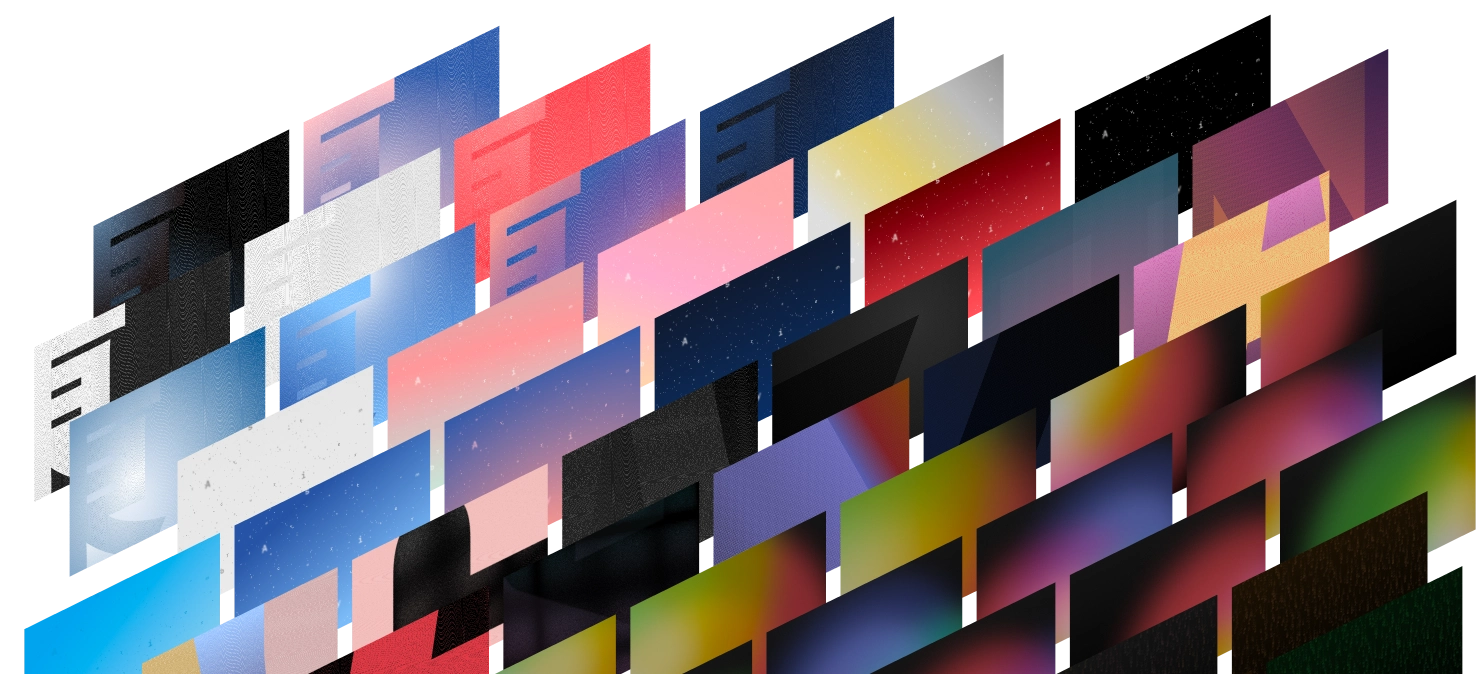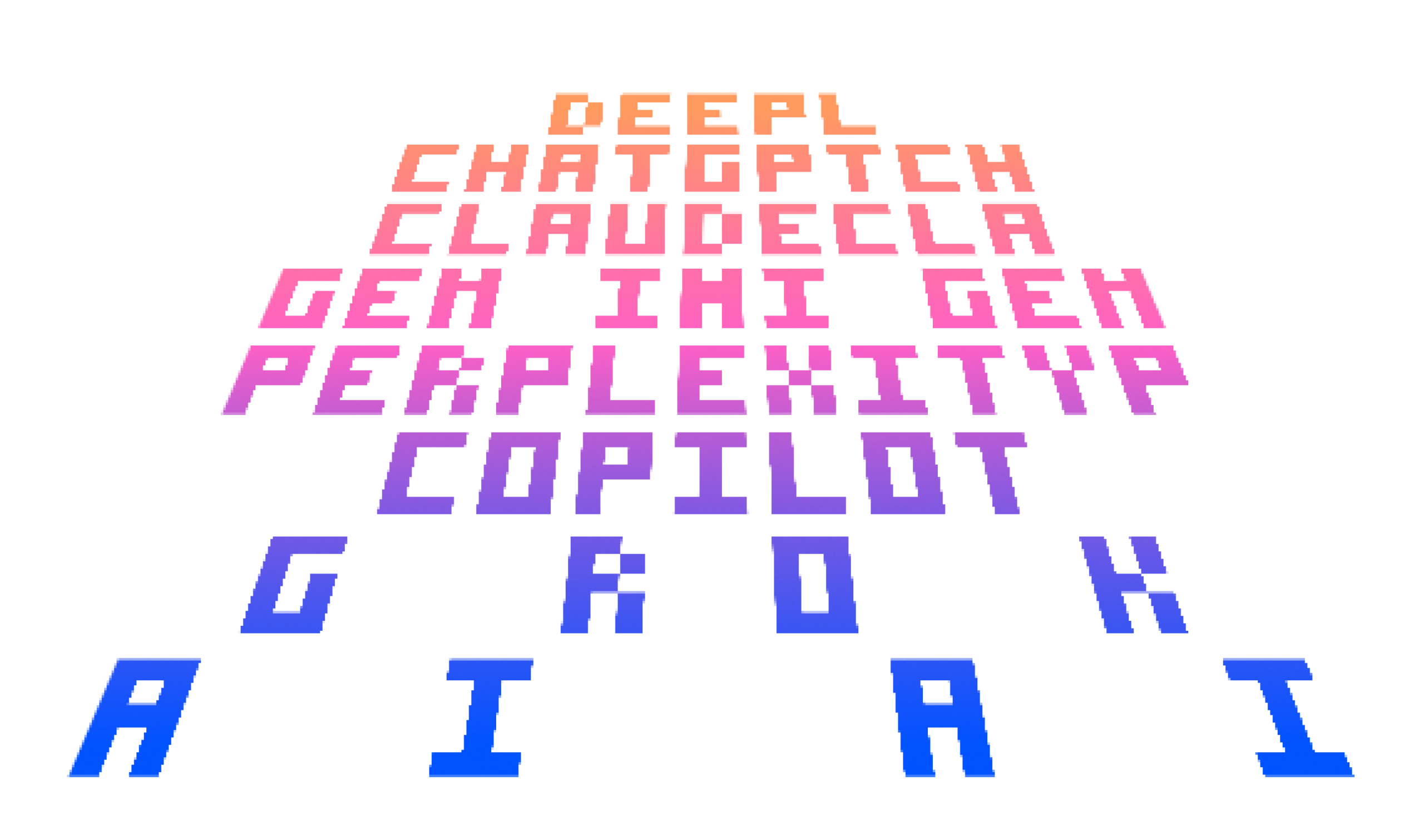“In resisting the emptiness of the generated response, I uncover what I previously could not articulate.” The Swiss daily newspaper Tages-Anzeiger interviewed Oliver Reichenstein, founder of iA, on the Aesthetics of AI.
The original exchange was held in German. What follows is a translation of the online version posted on April 22nd. The interview will appear in print this week.
“AI Highlights the Charm of Human Imperfection”
Oliver Reichenstein, influential Swiss designer and founder of iA, discusses in this interview the impacts of artificial intelligence on design and art. He shares his views on how AI-generated images affect aesthetics and what this means for creatives.
Mr. Reichenstein, last fall we encountered artificially generated images for the first time. What was your first thought when you saw such an image?
I was amazed by the high resolution of the images. Content-wise, they reminded me of album covers from the 1980s, like those of the band Asia with their fantasy motifs. Or the British musician Aphex Twin, who preempted the AI horror with his videos back in 1999. Or Kitsch from the 1950s, mixed with terrifying schizophrenic drawings that look like art, without really being art.
So, as an app developer, you didn’t see AI images as a threat, thinking, ‘In five years, will I be out of a job?’
I had and have no fear. Design requires thought; it is time-consuming and difficult. AI does not think, it computes. Even as a musician, writer, or journalist, I would not feel challenged. I have other worries. For instance, I fear that I will receive even more emails that say nothing, even more PowerPoint presentations without story.
You write that AI images are the new stock photos—images that are held in databases and downloaded as needed. Why have AI images become so quickly disposable?
The inflation of AI images has already outpaced that of image databases. Not everyone recognizes off-the-rack images, AI images are now immediately identifiable as such. When I see a typical AI image today, my first thought is: “Not again!” And I don’t even bother to look at what is depicted. Sometimes it’s just meaningless splashes of color that look like an image. Sometimes the image just repeats what the title says. The headline says something about Nazis and baking. The image shows a happy blond lady in a uniform in a kitchen and we know: “The prompt for this image was ‘Nazi in the kitchen’!”
That’s a jab at me because I recently used such an image in my blog.
Exactly. It’s disappointing: You know better, yet you still use this AI kitsch. I’m sure you also disappoint many readers: They think that you resort to such tricks because you do not put in enough effort. This might get you a few more clicks. But bad images devalue the work you’ve put into your writing.
An AI image devalues the work?
Yes. No one expects that a pianist’s attire should dazzle during a concert hall performance. If she consciously sits at the piano dressed in jogging pants, a diving suit, or wrapped in aluminum foil, then her attire fundamentally affects the message. But it has to work somehow. If she does that out of negligence, and it doesn’t make any other sense, it ruins her performance.
Would you go so far as to say that an AI image is a reputational risk?
I’m not a fan of stock photos, and this should by no means be an advertisement for large image databases like Getty or Unsplash. However, I prefer good stock photos over the usual AI kitsch. Well-chosen, a stock photo enhances an article. Ironically, AI images are also increasingly filling up stock image databases. What seems threatening about AI is that it further clutters the world.
Unless the AI image is so good that it is not recognizable as such.
Yes, there are people who claim to be the artists among the Prompt Engineers.
Prompt Engineers are people whose job it is to write clever requirements for AI.
They say: “What others do is McDonald’s. I am Paul Bocuse!” There are AI-generated images where the origin is not immediately recognizable. Indeed, the better the prompt, the more thought someone has put into the production, the less artificial the intelligence in the product appears. With thoughtlessly prompted AI images, I feel like a battery being drained.
Are AI images like a succubus, like a demon sucking out one’s soul?
That’s exactly how it feels to me. Also, with some texts from Chat-GPT, I get the feeling that the meaning that should be in the text is being drawn out of me. On the other hand, when I read a carefully felt, thought out, and intended text, I am energized. This might sound a bit esoteric, but that’s exactly the impression I get. When I scroll through LinkedIn and an AI image pops up, I just scroll right past it. Kitsch pretends to be what it is not. I don’t want to waste my time trying to give sense to carelessly generated nonsense that never had any.
So there will be a business model for artists to make their works not look like they were produced by an AI?
The charm of human imperfection has gained ground. I find it reassuring nowadays when I find typos in an email: mistakes indicate that a real person is communicating. In the past, I would have adjusted all my written language to the norm, grammatically, stylistically and rhythmically. I consciously do not do that anymore. With friction and rhythmic roughness, I can express more precisely what I feel. AI, on the other hand, smoothes everything out, up and downgrades everything into a statistical average.
Yes, everything sounds like marketing.
Maybe that’s why designs from the 1990s, raw Photoshop collages, and old digital cameras are back in fashion. Their digital imperfection makes them particularly appealing in a high-resolution, seamless world. Nevertheless, I hope we do not return to the excessively broken style of, let’s say, David Carson, Neville Brody or the recent rise in purposely ugly 90’s graphics. Ironically, AI generates this type of design by default. I wish for more care and humanity, not for a return to a stylized negligence, or any other stylized superficiality.
Does this present an opportunity to sharpen our senses for what is real and human – and what is AI?
AI initially came as a shock: Chat-GPT helps me read Aristotle’s “Metaphysics.” I ask, “Can τὸ τί ἦν εἶναι be translated as ‘Form,’ and how does this form differ from µορφή and εἶδος?” And Chat-GPT both understand that and offers an answer that helps me. I did not expect that! Through artificial intelligence, however, the question arises about human intelligence. What makes us intelligent in comparison to AI? What is humanity? Organic food only became organic once we ate enough frozen pizzas to realize the difference and importance of healthy, organic food. AI sharpens our sense for the lack of perfection. AI shows that mind and body are inseparable. We view human communication as a neutral space where we send signals back and forth. But AI reveals that natural intelligence starts and ends in the body.
So, AI is indeed an inspiration?
In design, AI inspires me no more than elevator music or a business presentation. However, it often shows me what I do not want. When I ask Chat-GPT how I could better phrase something, I almost always get the most uninteresting, boring, often meaningless answer. As an author that writes to say something meaningful, get upset about this, and in resisting the emptiness of the generated response, I uncover what I previously could not articulate. I do not want to demonize AI, but it works well as a devil’s advocate.
What will the consequences be?
When cameras emerged in the 19th century, artists had to reconsider why they should continue painting. The Impressionist movement arose from this. It was no longer enough to simply replicate nature. The essential was how one expressed their impression of nature. Something similar is happening today.
And is AI also forcing us to reorient?
The great classical painting of the 20th century, the Cézannes and Van Goghs, arose from a counter-movement to photography. If one imagines that something similar could happen in design, writing, video, and music, then it might lead to a greater appreciation and recognition of human imperfection. And that is without becoming careless; that’s why I said we don’t need a Punk revival. We’ve seen enough of that in design already. Sloppiness is not what I hope for. Instead, the opposite: That we become much more refined and attentive in the exchange of information – that’s what I would wish for.
Note
The original exchange was held in German. We added minor details in the English version, to clarify context. This is a translation of the online version posted on April 22nd. The interview will appear in print this week. Disclaimer: iA redesigned Tages-Anzeiger’s Website 15 years ago.
